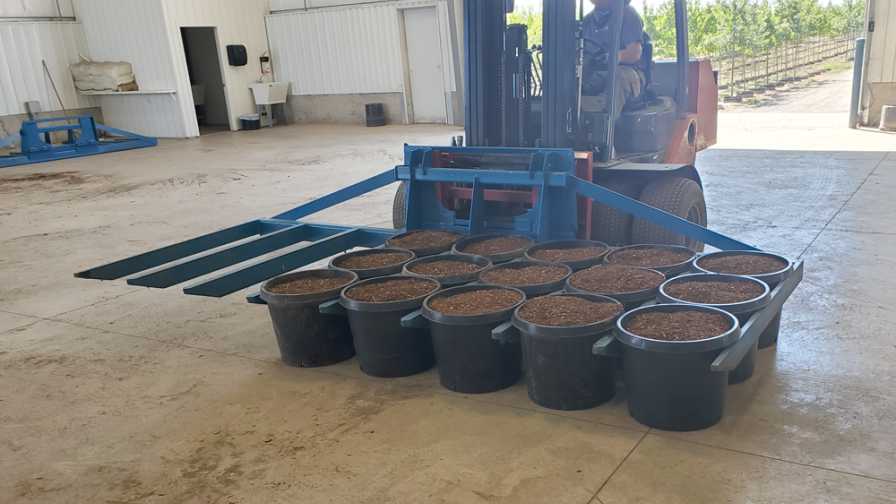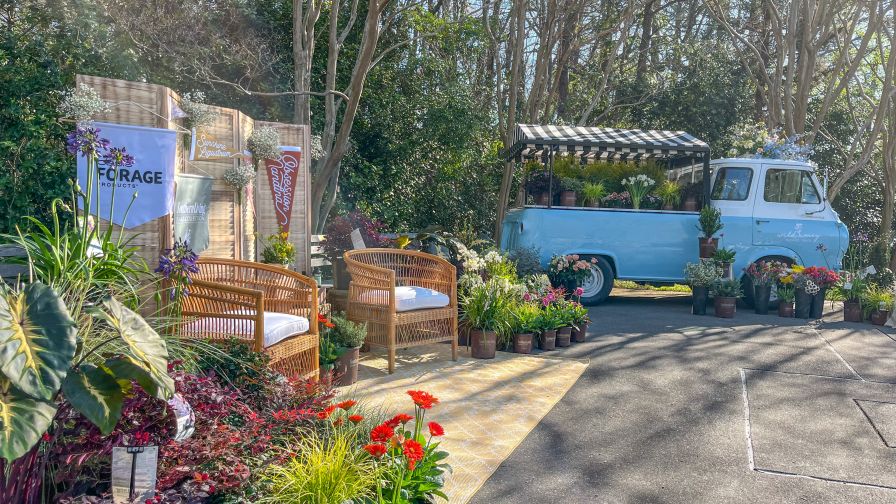Why Your Greenhouse Containers Should be Automation-Compatible

If you’re not using automation-compatible containers with your new equipment, you run the risk of internal damage that may not be covered under the manufacturer’s warranty.
Automation equipment is a popular option for growers struggling with labor shortages. But it’s important to remember that not all growing containers are created equal.
A recent post on HC Companies’ blog page highlights why if you’re not using automation-compatible containers with your new equipment, you run the risk of internal damage that may not be covered under the manufacturer’s warranty.
According to the post, automation-compatible containers should have uniform spacing between the container rims when stacked and a defined round or square rim for automated de-stacking tools to grab for easy denesting. If there’s not enough space for the automated flange, lugs, or spool type strippers to grab the rim, you run the risk of pulling multiple containers into the machine all at once, with the loose containers becoming jammed in the equipment.
If you are planning on using automated handling equipment such as fork systems, you will want to make sure that the rim protrudes far enough from the container body so it can securely rest on the tines. Many fork systems typically recommend rims that protrude 3/8 to a 1/2 inch.
Additionally, a sturdy side wall construction is necessary in order to withstand the force of the automated equipment (especially helpful on conveyers). If the walls are too thin, they can often crush under the machine’s pressure.
The post outlines the pros and cons of a wide range of containers, including blow mold containers, injection containers, and thermoform containers.
Another thing to be aware of is the shift from de-stacking automation to suction-type pot destacking equipment. In this application, a small suction cup grabs the bottom of the pot directly in the center – dropping or flipping it into the corresponding tray (or conveyor system) as part of the production line. If your automated equipment has this new technology, it’s important that the bottom center of the pot be completely flat, otherwise the machine will be unable to properly grab the container. This is important to remember when purchasing containers with “feet” designed for water mat and other unique irrigation practices as there may not always be enough surface area for the suction cup to grab on to.
Learn more here.








